4K ULTRA HD REVIEW / HDR FRAME SHOTS
Writer/director/producer/star Orson Welles plays newspaper magnate Charles Foster Kane, who takes a political run to become the New York governor. He watches his second wife Susan Alexander Kane perform during an opera.
(Click on an image to scroll through the larger versions)
“CITIZEN KANE: THE CRITERION COLLECTION”
4K Ultra HD, Blu-ray; 1941; unrated
Best extra: The BBC documentary “The Complete Citizen Kane”
IN 1939, Hollywood was tripping over itself to get Orson Welles to make a movie. The turning point of his young career was when he and actor John Houseman formed the Mercury Theater. Their infamous production of H.G. Wells’ “War of the Worlds,” broadcast on CBS Radio on Halloween Eve in 1938, caused a panic across America -- listeners really believed the Martians had landed and police stormed the radio booth to try and stop the show.
RKO Pictures executed a full-court press to get the boy wonder, but he initially turned them down. “I didn’t want more money. I wanted authority,” said Welles.
He got it. Welles, then 24, started production on “Citizen Kane,” with its “Rosebud” mystery and cinematic spectacle, as writer/director/producer/star.
Loosely based on the life of newspaper tycoon William Randolph Hearst, Welles painted a masterpiece “that’s 40 years ahead of its time,” writer/director/Welles biographer Peter Bogdanovich says in one of the three commentaries featured on this 4K disc. Even though it was recorded nearly two decades ago and has been featured on a number of previous DVD and Blu-ray editions, his track is still one of the best.
Opening montage
(1) “Citizen Kane” premiered on May 1, 1941, in New York City. (2&3) The camera pans up a chainlink fence on the perimeter of Kane’s Xanadu fortress. Then it dissolves onto an iron fence and the distant castle. (4&5) Kane holds a snow globe and he says his final word, “Rosebud.” (6) The snow globe hits the floor revealing a disoriented view of a nurse entering the room. Is it a dream, a fantasy, or a distorted reality, as Bernard Herrmann’s Oscar-nominated score sets the mood?
Another favorite is the 2002 commentary with the late film critic Roger Ebert, who gives high praise to the legendary camerawork of Gregg Toland, who invented audiences’ perspectives. Toland’s use of “deep focus” kept every object, from foreground to background, in focus with the use of the wide-angle lens.
“You’ve got to be an active viewer to watch ‘Kane,’’’ says Ebert, who seems to know everything about the classic.
The American Film Institute crowned “Citizen Kane” No. 1 in its 1998 list of “100 Greatest American Movies,” and it has held that position ever since. It also held the top spot for five decades on the British Film Institute’s Sight and Sound magazine Top 100 Movies ever made before being dethroned in 2012 by Hitchcock’s “Vertigo” (1958). “Kane” fell to No. 2.
Before its theatrical release in May 1941, it was nearly derailed by Hearst because theater chains were afraid to book it, fearing their ads wouldn’t run in his newspapers. Welles wanted to premiere “Citizen Kane” in tents across the country. Hearst reportedly offered RKO $800,000 to destroy the negative and prints before its release. During its theatrical run, it was a box office disaster, losing $150,000, and was booed during the 14th Academy Awards despite receiving nine nominations. The film soon disappeared into the RKO vaults.
New York Times critic Bosley Crowther was one of the first to give “Kane” such high accolades after its premiere at Manhattan’s Palace Theater on May 2, 1941. “It’s far and away the most surprising and cinematically exciting motion picture to be seen here in many a moon,” he wrote. “Matter of fact, it comes close to being the most sensational film ever made in Hollywood.”
After World War II, “Kane” was finally released in Europe and received similar applause from critics and young filmmakers who were discovering American films for the first time. It was influential in the French New Wave with directors like Jean-Luc Godard and François Truffaut.
Newsreel footage summarizes Kane’s life
(1) The “News on the March” footage was narrated by actor William Alland. (2) Footage from Charles Foster Kane’s funeral. (3) Kane supports presidential candidate Theodore Roosevelt. (4) In 1900, Kane marries the U.S. President’s niece Emily Monroe Norton (Ruth Warrick). (5) Welles wasn’t afraid to put his actors in the shadows, as studio executives critic the newsreel footage.
EXTRAS
The four-disc multi-flap cardboard package from The Criterion Collection provides a lengthy essay spread across a 40-page booklet from New York Magazine writer/editor Bilge Ebiri. His viewpoint echoes Crowther’s. He calls “Kane” the perfect movie for the second half of the 20th century, adding that “it’s still shockingly relevant to this day [and] one of the most breathtaking, beautiful films ever made, by anybody, anywhere.”
‘70s film brats Francis Ford Coppola, Martin Scorsese, Steven Spielberg, George Lucas, and Brian DePalma were all students of Welles’ films – especially “Kane.” Spielberg was such a fan he once owned one of the Rosebud sleds created for the production.
The documentaries and featurettes are housed on two Blu-rays. The best of the bunch is the 1991 BBC documentary “The Complete Citizen Kane,” which highlights Welles’ first attempt at a Hollywood film, an adaptation of Joseph Conrad’s novella “Heart of Darkness.” But the proposed production costs were too high and RKO canceled the film.
He then turned to a 250-page script called “American,” from veteran screenwriter Herman J. Mankiewicz (“The Pride of the Yankees”). The subject would be the rise and fall of fictitious newspaper magnate Charles Foster Kane – played by Welles – modeled after Hearst and his “yellow journalism.” The script was shortened and, many say, rewritten by Welles, for which he and Mankiewicz won the Oscar. The 90-minute documentary includes interviews with Welles, who considered his film a “social document, an attack on an acquisitive society.”
(1&2) We meet young Kane (Buddy Swan) in 1871 at his mother’s Colorado boardinghouse. She’s become wealthy from mining shares left her by a former border. She’s determined to have her son Charles reared and educated in the East. She grants guardianship to Wall Street financier Walter Parks Thatcher (George Coulouris). (3) Fast-forward Kane acquires The Inquirer, a small, New York newspaper, and moves into his newsroom office with help from best friend Jedediah Leland (Joseph Cotten) and Mr. Bernstein (Everett Sloane), who became his general editor. (4) In 1898, The Inquirer attempted to draw the U.S. into war with Spain. Kane holds a dinner with his editors and burlesque dancers march in the room with wooden guns for the entertainment. (5) Mr. Bernstein and Leland sing along during a made-up song for Charlie Kane.
There are additional interviews with actor William Alland, who is heard on the 12-minute “Kane” opening newsreel sequence and narrates the documentary, editor Robert Wise (“West Side Story,” “The Sound of Music”), actors, film scholars, and critics.
“Working on ‘Kane’” features 1990 interviews taped for Criterion’s laserdisc edition with Wise, actor Ruth Warrick, who plays Kane’s wife Emily Monroe Norton Kane, and visual-effects operator Linwood Dunn. Cinematographers Allen Daviau (“E.T. the Extra-Terrestrial”), Haskell Wexler (“Who’s Afraid of Virginia Woolf?”), and Vilmos Zsigmond (“Close Encounters of the Third Kind”) discuss the brilliance of Toland. Scorsese recalls the first time he saw the film. He was 15 and it was broadcast on TV in New York.
New interviews with film scholars and effects experts Craig Barron and Ben Burtt focus on “Kane’s” groundbreaking effects. Film scholar Robert L. Carringer provides a video essay of the production and the meaning of “Rosebud,” and film critic Farran Smith Nehme discusses the similarities between Kane and Hearst.
Film scholar Racquel J. Gates cites the challenge of introducing “Kane” to a new generation of viewers, who don’t watch black and white movies and slower-paced films. So, she showed her students the similarities between Kane and his wife Susan to Kanye West and Kim Kardashian. “What they do understand is a man with a huge ego and his desire to turn a woman that’s looked down on by society into something like high art. [Framed] that way, the students were all about ‘Kane.’
Another disc includes “My Guest Is Orson Welles,” TV footage from a number of Welles’ interviews, including his last on “The Merv Griffin Show,” recorded a few hours before his death. A number of filmmakers including Bogdanovich, Frank Marshall, and Martin Ritt, who all knew Welles, share what they learned from the legendary director. A 1966 TV interview with Mercury Theater actor and “Kane” co-star Joseph Cotten (Jedediah Leland), his 1975 speech honoring Welles with AFI’s Life Achievement Award, and several Mercury Theater episodes from 1938 are all good listens. There’s also a reunion of sorts between Houseman and Welles, who split up over “Kane,” and Welles’ first attempt as a director, 1934 silent short “The Heart of Age.”
A series of whip pans show the passing of time
VIDEO
Here’s the shocker: Criterion, knowing Warner Bros. owns the RKO library and created a 4K master in 2010, handled its own 80th anniversary 4K restoration for this presentation. Warner is releasing its own 4K disc in Europe. It’s not clear if they produced a new master, or used Criterion’s or the 2010 master.
Criterion gives all the details in the booklet, which involved a new 16-bit 4K scan of a second-generation fine-grain positive struck from the original negative (1.37:1 aspect ratio) in 1941. The negative has been missing for years. In some spots, a third-generation negative was used. This patchwork restoration is common with any film over 50 years old when the original negative is missing or damaged beyond repair.
With the lesser resolution sources, the difference in clarity between the 4K disc and Warner’s 2010 Blu-ray and Criterion’s 2021 Blu-ray (included in the set) is not dramatic. I stood just a foot away from my 9-foot screen and could barely see any resolution distinction. Natural film grain is intact and evident throughout, with the stark and dramatic shadowed cinematography from Toland.
What you will see is a major variation in contrast levels and fine detail in the highlights and mid-shadow area – all a product of the HDR10 and Dolby Vision grading. The Criterion presentation is less contrasty, providing a greater scale from black to white, while Warner’s 2010 master is snappier but loses detail in the highlights and some shadow crushing. A new, three-flash HDR capture was used during the high-density scan to retrieve the greatest amount of detail in the dense nitrate element.
A print from the Academy of Motion Picture Arts and Sciences and Warner’s previous restoration was used as a reference for HDR toning.
(1-3) Welles used sophisticated composite shots throughout “Citizen Kane” including this overhead view of Kane’s political rally at Madison Square Garden. His son Charles Kane III (Sonny Bupp) and his wife Emily watch the speech. (4) Welles and cinematographer Gregg Toland filmed many scenes with a low angle, which required the innovation of ceiling sets. Kane and Jedediah Leland talk after the disappointing election. (5) Kane divorces Emily and marries entertainer Susan Alexander (Dorothy Comingore), during a rare outside daylight scene.
AUDIO
The best audio sections of the fine-grain master and duplicate negative were used to create the new mono soundtrack, as digital tools were used to remove audible pops, clicks, dropouts, and distortions. Even the commentaries sound better. The dialogue is front and center and nicely balanced with Bernard Herrmann’s Oscar-nominated score.
“After all the debates and interpretations and polls and reassessments, this eighty-year-old film, about which more ink has probably been spilled than about any other title in cinema history, still carries with it the power of prophecy.” – Bilge Ebiri, writer and editor for New York Magazine
– Bill Kelley III, High-Def Watch producer
(1&2) Kane realizes he’s the only person that gave his wife Susan a standing ovation at the end of her opera performance. (3) She becomes bitter after reading all of the negative press. (4) She falls into a deep depression, with Kane at her bedside. (5) He finds himself isolated at his Xanadu fortress and picks up a snow globe in Susan’s bedroom.
UPDATE FROM THE CRITERION COLLECTION

WE DISCOVERED there is a problem with Blu-ray disc 1 in all of our Citizen Kane editions that affects the contrast in the feature film, starting around the 30-minute mark and lasting until the end of the film. The 4K UHD disc is not affected.
We are in the process of manufacturing corrected copies and will be making replacements available to all of our customers. We hope to have replacement discs ready to ship before the end of the year.
SAMPLE SHOWS THE DEFECT
(1) The highlights become muddy on the No. 1 Blu-ray around the 30-minute mark.
(2) The grayscale is correct on the 4K/HDR version.
































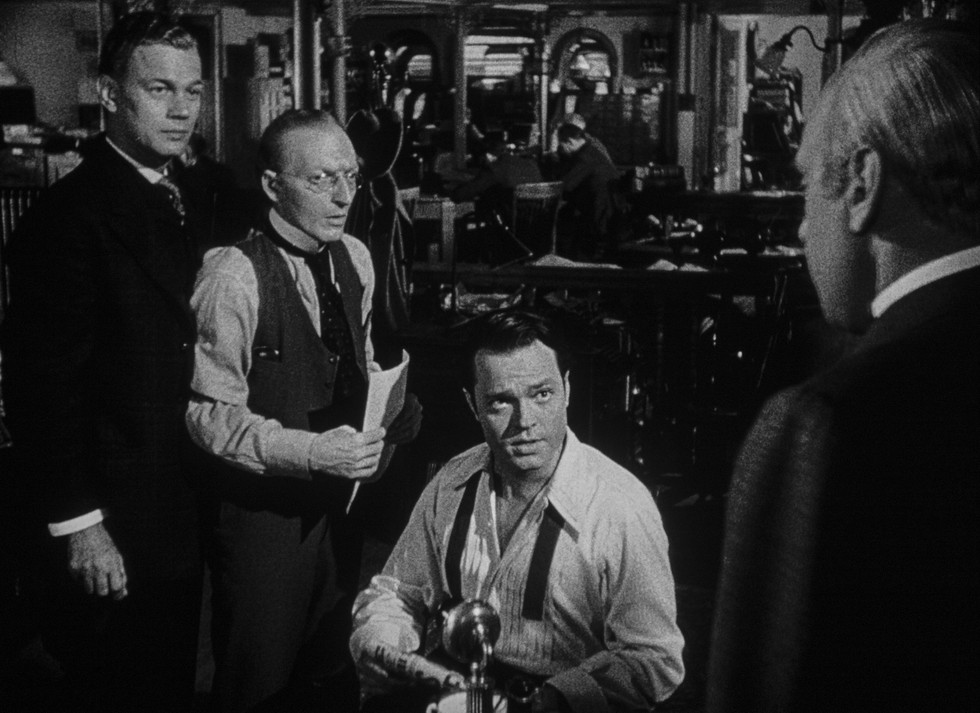



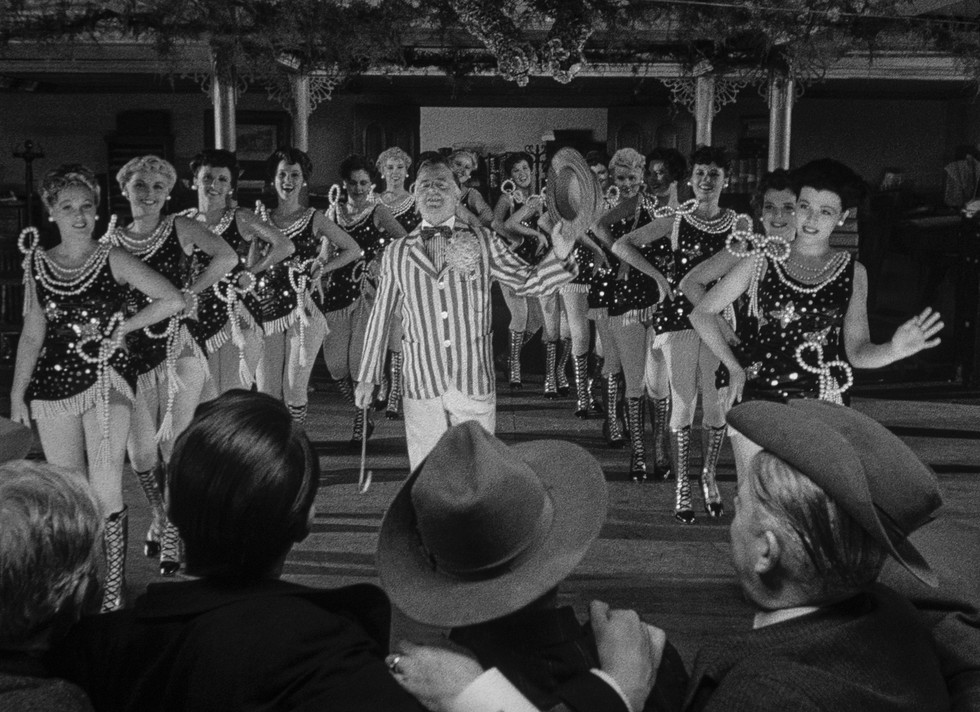





















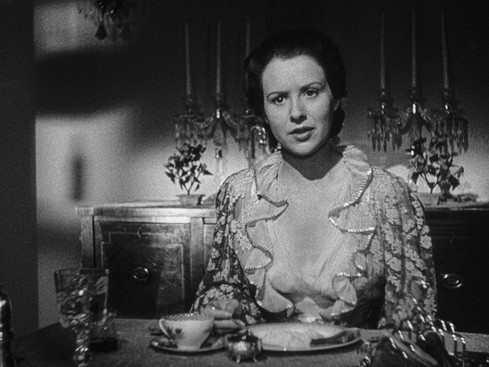























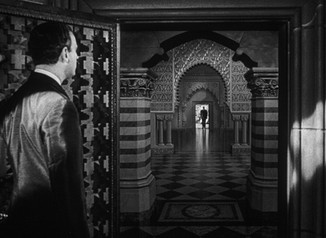



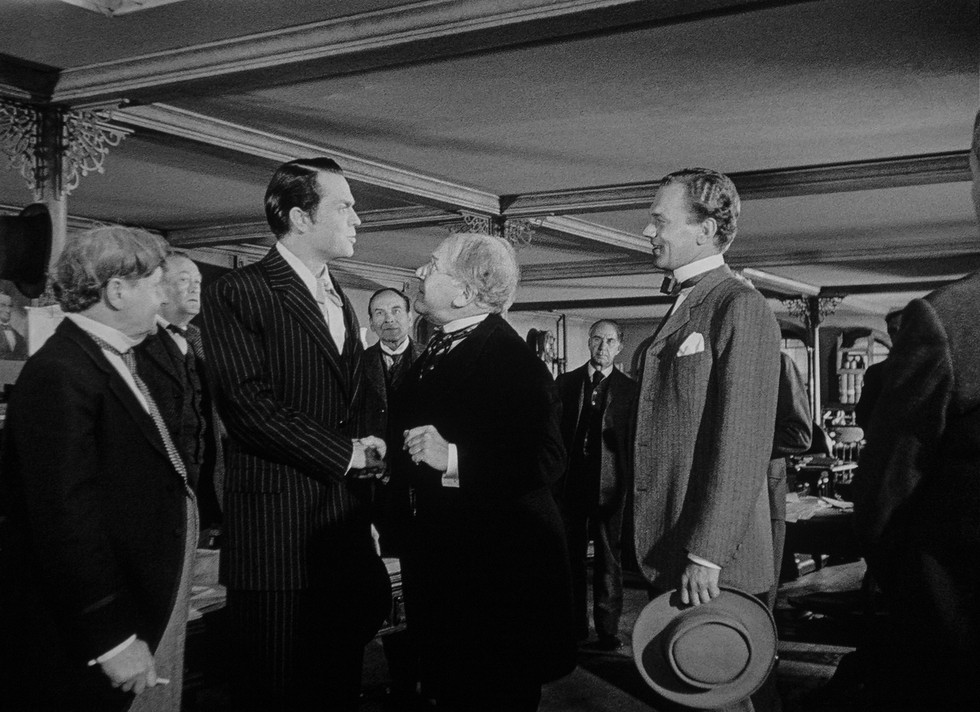


Kommentarer